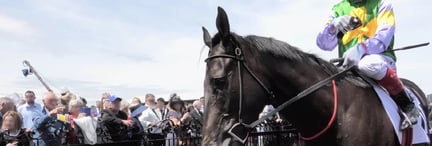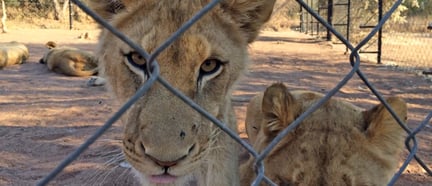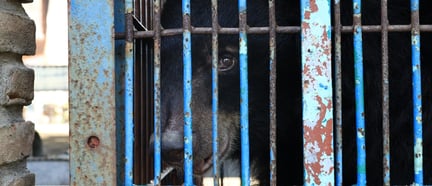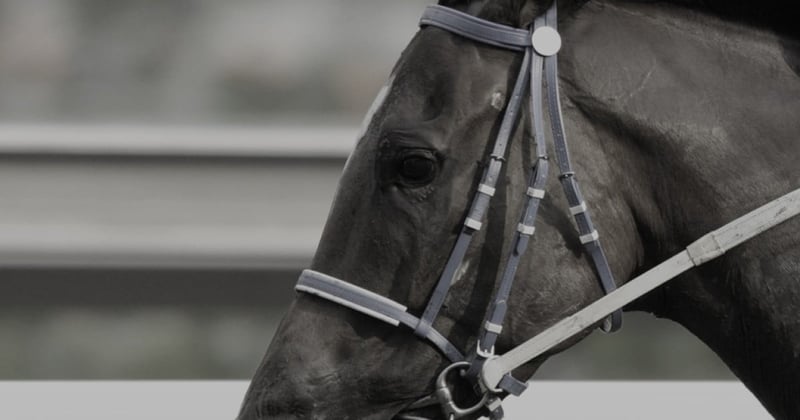
Five reasons why horse racing is cruel
News
The horse racing industry is animal suffering for human entertainment. Here are five reasons why the "sport" of horse racing is cruel.
While the horse racing industry markets itself as a glamour sport, there can be no doubt that horses suffer injuries, torment and slaughtered on an industrial scale.
Here are just five of the animal welfare concerns with horse racing:
1. Racing exposes horses to significant risk of injury and sometimes, catastrophic injury and death through trauma (e.g. broken neck) or emergency euthanasia. The odds are stacked against horses in the racing industry. Research in Victoria into the risk of death in flat horse racing found approximately one fatality per 1,000 horse starts.
2. Racing involves striking the horse with of a whip, which inflicts pain, and can result in injury, to enhance performance. Racing Australia’s Rules of Racing require that only a specific type of whip (known as a ‘padded’ whip) can be used. There are also rules about the number of strikes with a whip during a race except for the last 100 metres where there is no limit on the number of times a horse can be struck. There is no limit the number of times horses can be slapped down the shoulder during a race.
In a recent ruling, the Magistrates Court in Tasmania confirmed that whipping a horse – even with a padded whip - causes pain and suffering to the animals.
Pledge to help protect horses
Help protect horses who are forced to suffer for human entertainment by pledging to boycott cruel horse racing events.
3. Wastage’ is the term used for culling of uncompetitive animals and includes both the breeding of thoroughbred horses that never make it to the racetrack, and horses leaving the racetrack at the end of their career. We do not know exactly what happens to these horses as there is currently no accurate or transparent lifetime traceability system for racehorses but the shocking ABC 730 investigation highlights widespread slaughter despite the industry’s commitment to animal welfare.
4. Horses are social, plains-ranging animal, yet racehorses tend to be housed in isolation and close confinement. Stereotypical behaviour – which manifests itself as abnormal, usually repetitive behaviours, stemming from frustration, stress and inhibition of natural behaviour is not uncommon in racehorses. These include the prevalence of crib-biting (repetitive oral behaviour where the horse sucks in a large amount of air) and weaving (a repetitive behaviour where the horse sways on its forelegs, shifting its weight back and forth).
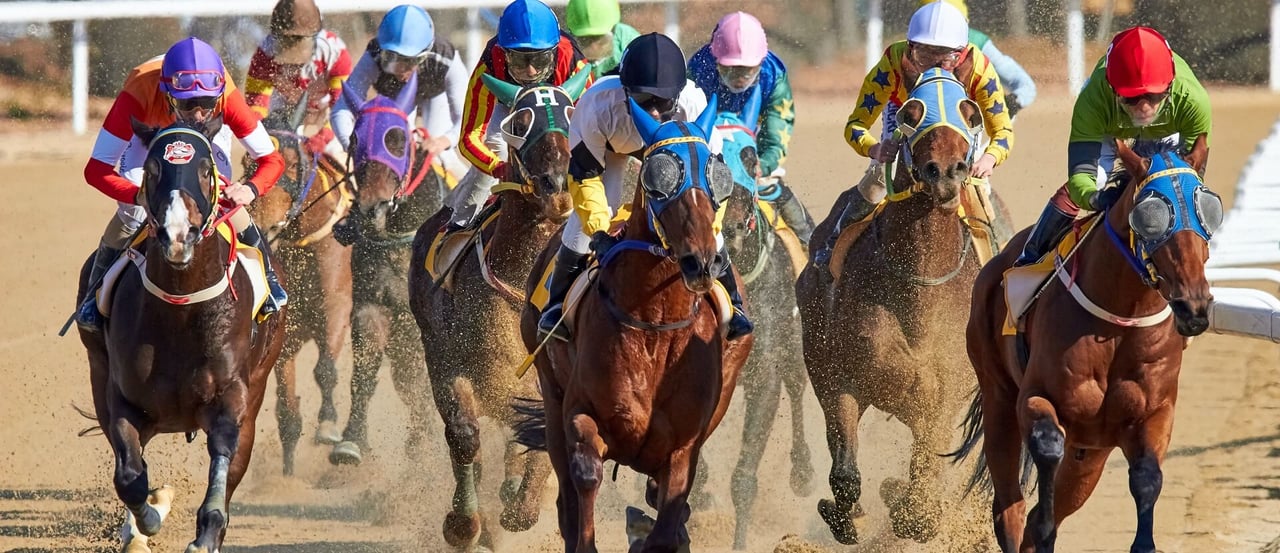
5. Tongue ties is the widely used and unregulated practice of immobilising a horse’s tongue to prevent the horse getting their tongue over the bit during a race and to preventing ‘choking’ during high intensity exercise. It is used as a horse is easier to control when pressure is applied via the reins to the bit on the horse’s tongue which forces them to be compliant. Problems associated with tongue tie use include horses showing signs of pain, anxiety and distress, difficulty swallowing, cuts and lacerations to the tongue, bruising and swelling.
Using animals in "sports" often involves causing intentional harm and inflicting violence on these sentient beings.
Together, we can end the suffering of all animals in entertainment, including the use of horses in the racing industry. It’s time to end this cruelty. Forever.
Boycott horse racing
Help protect horses who are forced to suffer for human entertainment by pledging to boycott cruel horse racing events.
Be a sport by avoiding cruel animal sports
Animals not entertainers
Using animals in sports often involves causing intentional harm and inflicting violence on these sentient beings.
Add your voice
Take action today by signing our petitions and pledging to make animal-friendly choices.

